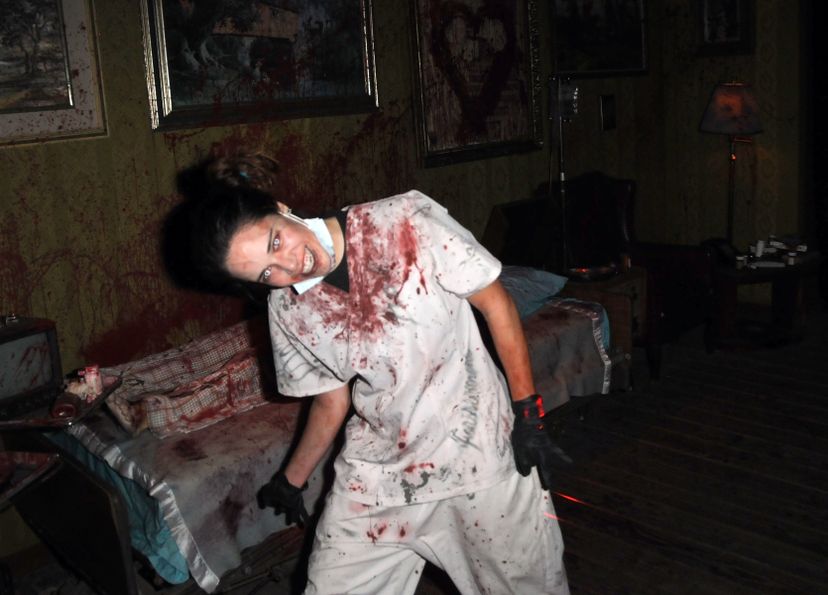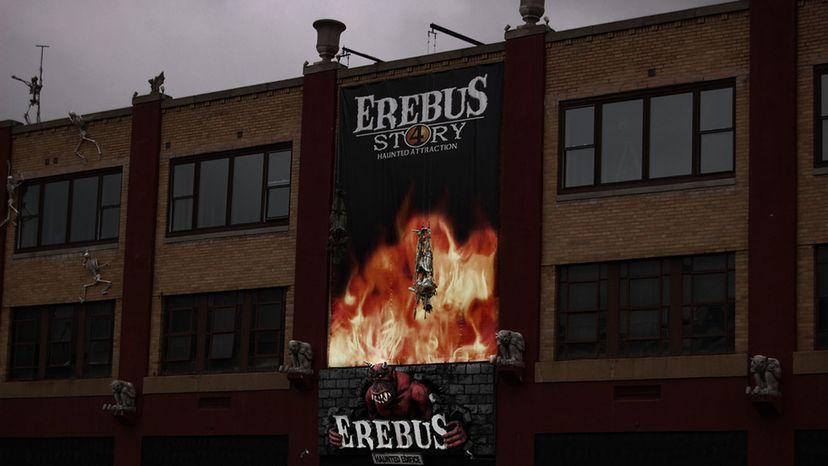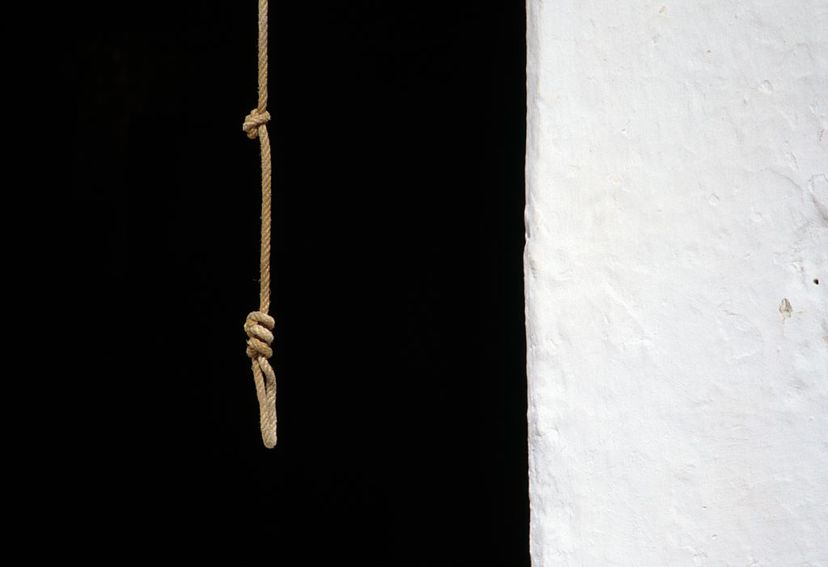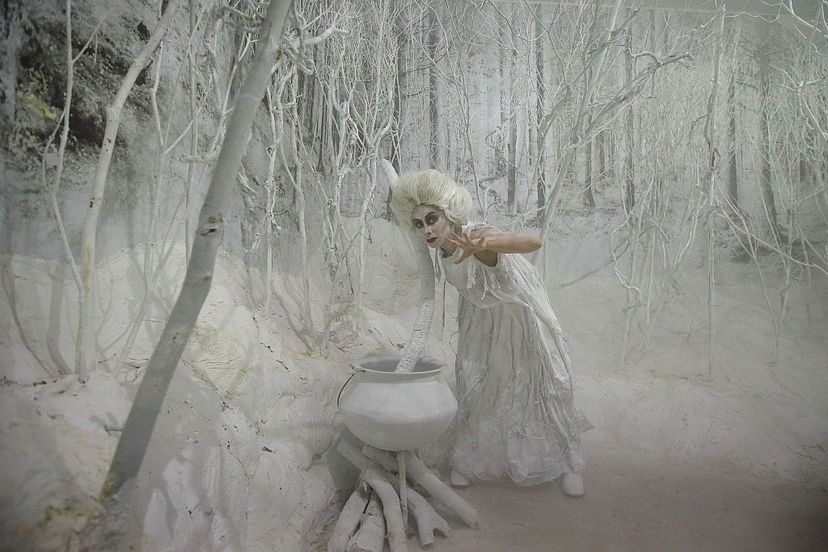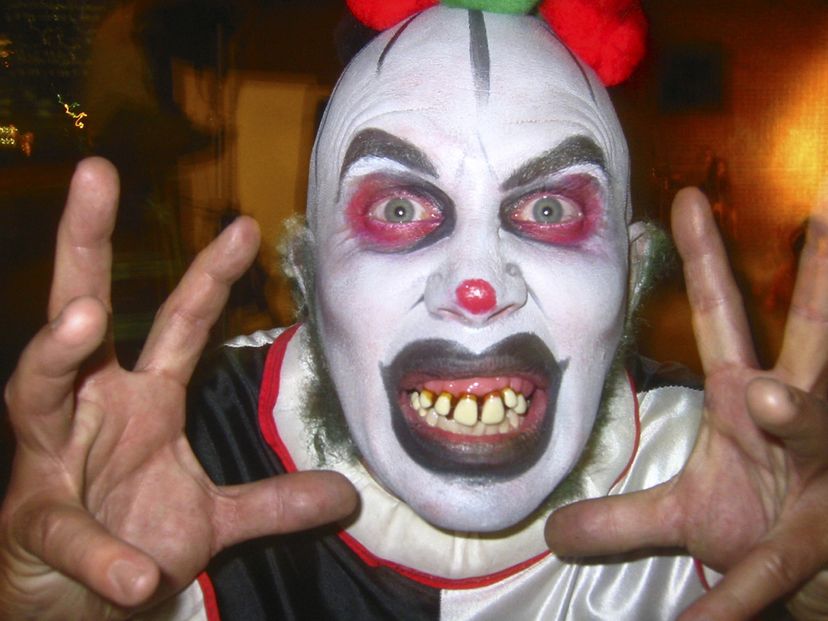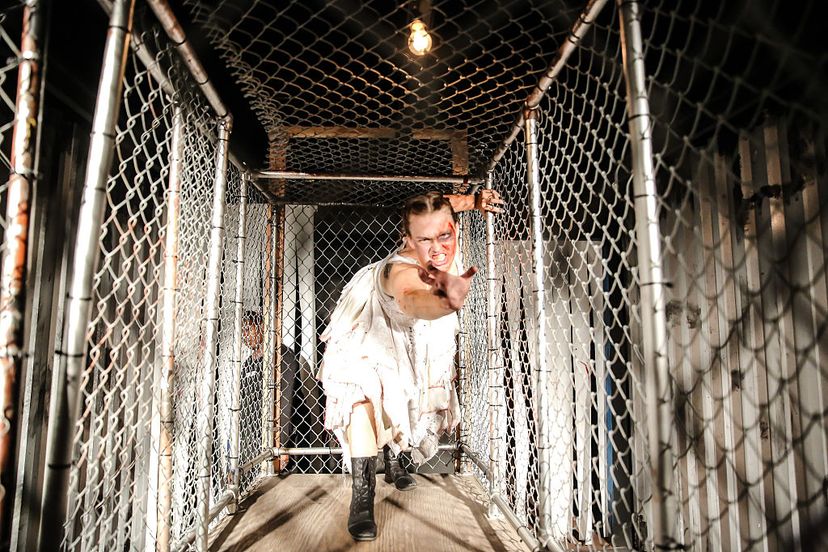
In 2011, Scott Griffin bought a ticket to the Haunted Hotel in San Diego, which includes an attraction called the Haunted Trail. While he was approaching the exit, a chainsaw-wielding character jumped out in front of him and Griffin took off running. He fell and injured his wrist.
Here's where it gets interesting: Griffin filed a lawsuit against the Haunted Hotel, saying that the attraction shouldn't be scaring people beyond the marked exit because the visitors may perceive the fake antics as real danger.
Advertisement
For its part, Haunted Hotel said the marked exit is not real — it's part of the experience, so they can throw in another thrill just when you think you're safe. There's actually a name for this — the "Carrie" effect, after the horror movie of the same name. Further, the hotel's website warns patrons not to run (which might be easier said than done) and also notes no one will be grabbing or pushing them [source: Theme Park University].
Griffin sued for negligence, improper training and supervision, and assault but lost the case. He appealed and lost again. The appeals court said in 2015, "The risk inherent in the Haunted Trail's Carrie effect ending ... is exactly the risk Griffin experienced" [source: Gardner].
Clearly Griffin would disagree. And every year, people take issue with haunted houses that they think have gone too far. Whether it's that the experience is too scary, or makes fun of the mentally ill, or causes injury or even death, there is plenty of outrage — and legal action — to go around.
Here are nine Halloween-type attractions that have been the subject of controversy. Decide for yourself whether the complaints have merit.
